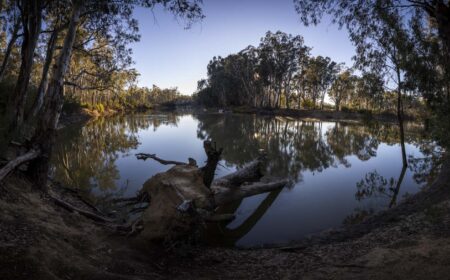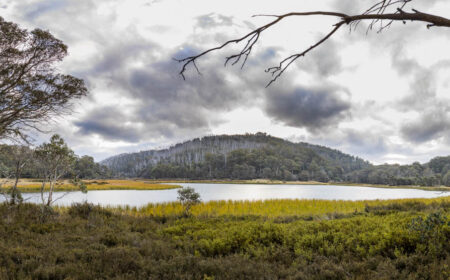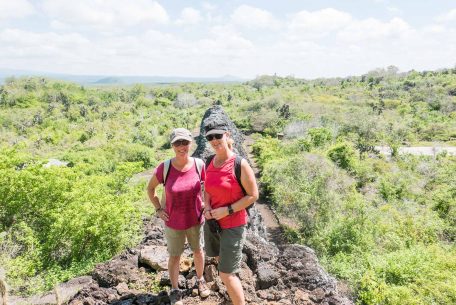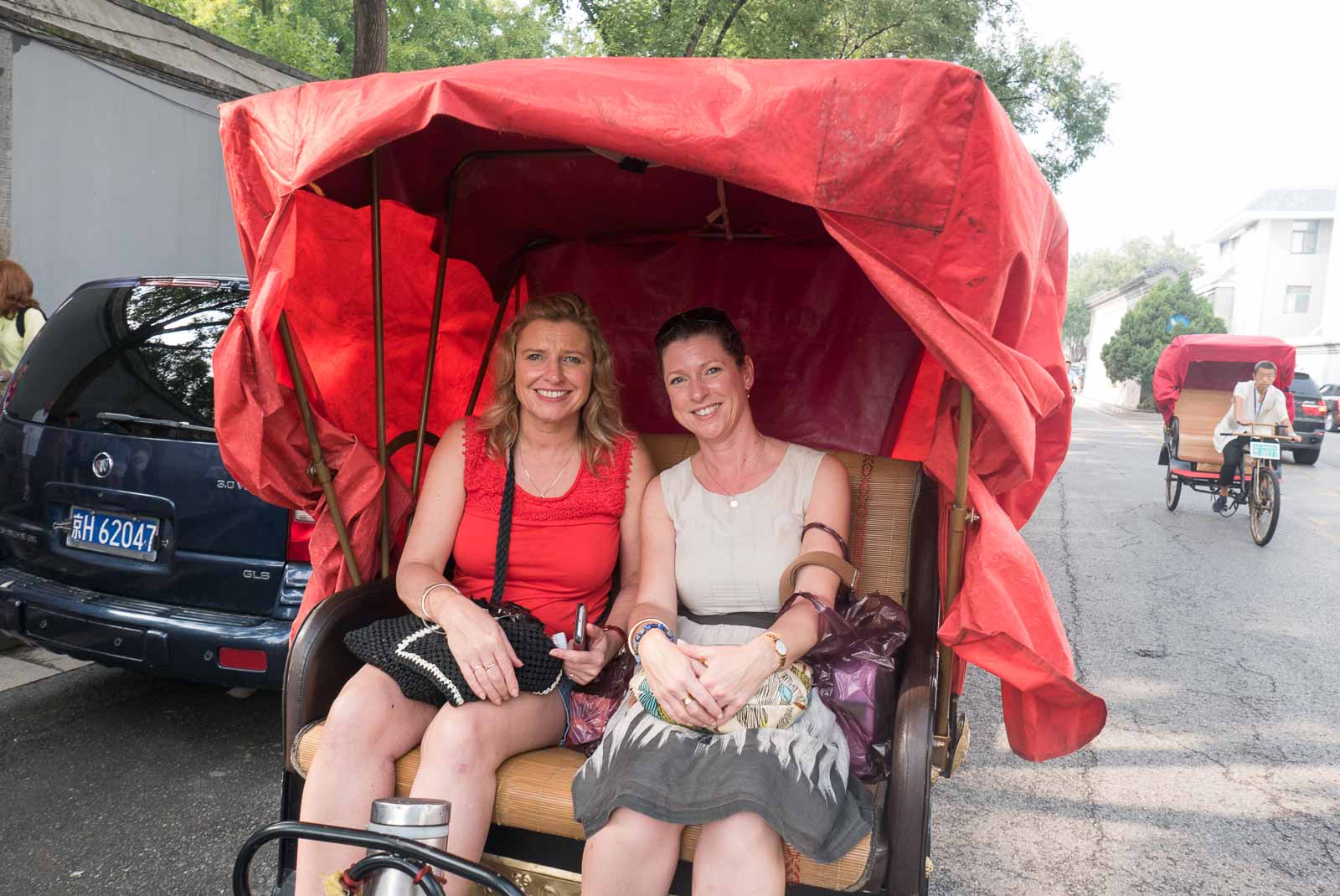The first thing that strikes me about the Galapagos Islands is the colour. The water is the bluest blue I’ve ever seen and the greens are almost fluorescent.
We’re travelling to Isabela Island, our first stop in the Galapagos Islands, from Santa Cruz and even with the swell of the waves made by our speedboat ploughing through the waters, the colour is striking.
One of my tour group members leans her head over the side, lapping up the breeze, the smell and taking in the amazing scenery around us. Her face is a vision of pure happiness. I know how she feels.
The second thing I notice about the Galapagos Islands is the animals. They’re not showy, like the wildlife in Africa, but they are just there. As our boat pulls into the marina at Isabella Island we watch and laugh as sealions loll around on boat decks, turn in the water gently in front of our boat or hoist themselves up on to abandoned boats.
And there’s more, we walk from the pier to our waiting vehicles and find ourselves stepping over iguanas. It’s April, mating season is over, so the iguanas have gone back to their dull greys – no longer needing to impress a potential partner – but still, here they are right in front of us! They lay on the footpaths unperturbed as we gingerly step around them.
The third thing I notice in the Galapagos Islands is how relaxed we all feel.
My tour group has travelled through Peru and Bolivia and finally Quito to get here. Peru and Bolivia were busy, La Paz, was a particularly manic city. And yet here we are in Ecuador, still a part of South America, and yet somehow seemingly a world away.
Isabela is the largest island within the Galapagos Islands. Our hotel is set on the beach, there is a hammock and banana lounges to help us ease into island life.
Our guide takes us for a walk into town, pointing out the local church, the Laundromat, the local store along the way. But I’m most struck by the roads which are all covered in sand.
As relaxing as all this is though, we are here to see as much as we can and that means more than just the hammocks on our doorstep.
We head out to Flamingo Lagoon to see the beautiful pink flamingos in their natural environment. And then follow the waters back into town, stopping to see the birdlife, and more flamingos along the way.
We take a trip to the Giant Tortoise Breeding Centre where we see tortoises at all stages of life – from young babies to giant elders and then head out to Tintoreras Island by boat where we see blue-footed boobies, penguins and, of course, more sealions and iguanas as well as some of the most interesting landscape I’ve ever seen. The island is largely formed from lava, and so is a rocky crevice of black lava tipped with white.

And then we head out to swim with the local wildlife. We watch in wonder as iguanas swim in the waters around us and down below, turtles glide through the waters undeterred by the humans swimming in the surrounding waters.
Some of us brave a walk to the wall of tears, and when I say brave I mean brave. It’s a seven-kilometre walk from the main town of Puerto Villamil through the searing heat of the day, with little to no shade. But it’s worth it. On the way we see a giant tortoise in the middle of the dirt road. The tortoise is still, but we can see his head and legs poking out and stop for photos – this is, afterall, what the Galapagos Islands is all about.
The Wall of Tears was built by prisoners who were sent to Isabela Island when it was a penal colony in the 1940 and 50s. It is so called because of the amount of ‘blood, sweat and tears’ that went into building it. Basically it’s a giant wall made from rocks, it’s about 25 metres high, 100 metres long and at least a metre wide. It’s a long arduous walk to get to the wall, we almost turned back sure that we’d missed it, but it’s nothing compared with what the prisoners went through to build the actual wall.
And for what purpose? The wall serves no purpose other than (presumably) to inflict pain on and create activity for the prisoners at the time. It is built at the base of a hill, out of town. There is nothing nearby.
Today the wall lives on as legacy and a memorial to those who died building it.
And after all that walking, surely we deserve to loll around in the hammocks…
Fast Facts
We stayed at Casa Marita Hotel
We were here for three nights.
Was it long enough? Three days gave us a good amount of time to check out the local town, and see the main sights. Isabella Island is a beautiful place to chill out and relax, so you could definitely stay longer, but I don’t feel like we missed out on anything.
Highlights: Swimming with the iguanas and turtles, chilling on the beautiful beaches and staring in wonder at the colour of the water, reaching the Wall of Tears.
*I hosted this tour as part of a trip to South America with solo travel company Two’s a Crowd. We travelled with Intrepid.
Join AllAbroad on Instagram, Facebook and Twitter for more travel inspiration.


















